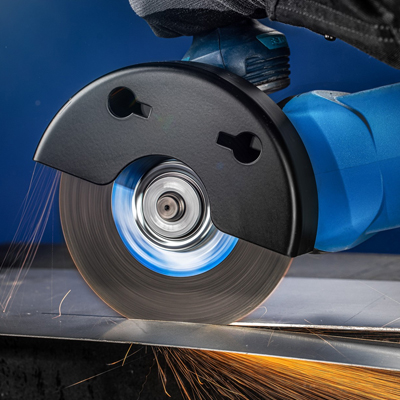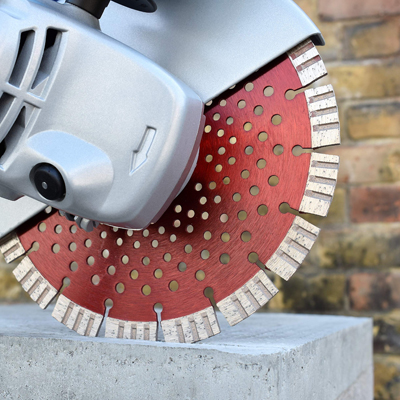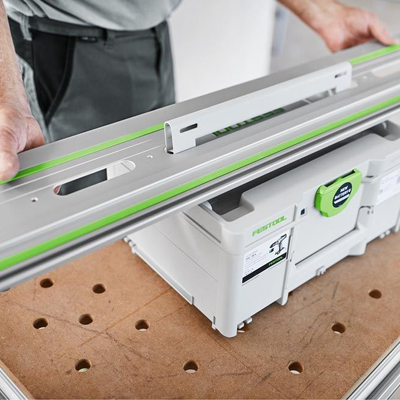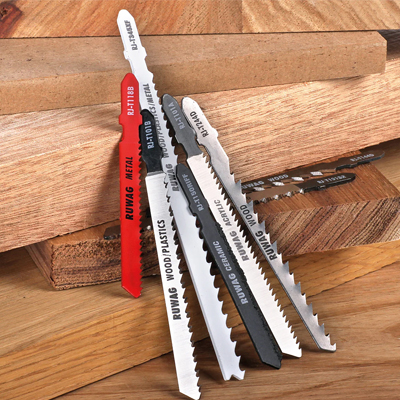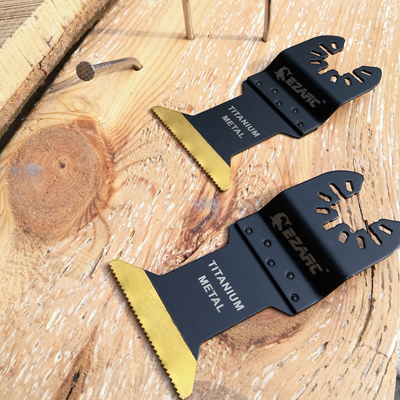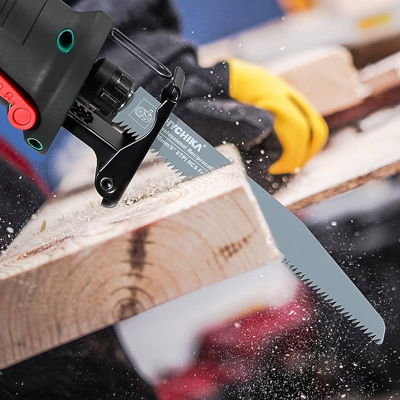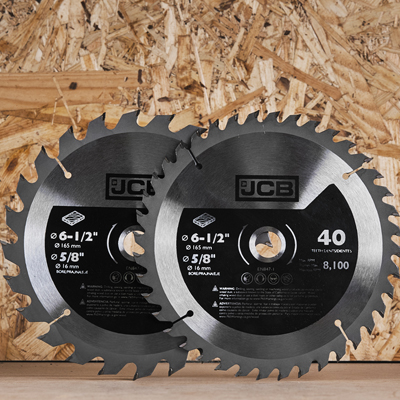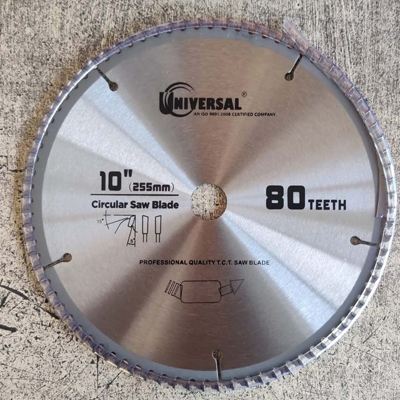Cutting Accessories
Cutting accessories are essential tools used to enhance precision and efficiency in various cutting tasks. These accessories include items such as blades, saw guides, rulers, and cutting mats. They are designed to complement cutting tools like knives, scissors, rotary cutters, and saws, making them more effective and versatile. Blades, for instance, come in different shapes and sizes, suitable for specific cutting applications. Saw guides provide straight and accurate cuts, ensuring clean and professional results. Rulers and measuring tools help in marking and measuring materials precisely while cutting mats protect work surfaces and extend the life of blades. When it comes to selecting cutting equipment, whether you're a DIY enthusiast, a professional craftsman, or a hobbyist, making the appropriate pick is critical to the success and efficiency of your projects. Cutting accessories encompass a diverse range of tools and equipment designed to optimize your cutting tasks, providing precision, convenience, and safety.Types Of Cutting Accessories
Circular Saw Blades:
Circular saw blades are designed for use with circular saws and are essential for cutting through wood, metal, or other materials with precision. They come in various sizes and tooth configurations to suit different cutting requirements.Utility Knife Blades:
Utility knives are versatile cutting tools used in construction, DIY projects, and various industries. These blades are replaceable and come in different shapes, such as straight-edge and hook blades, for cutting different materials like cardboard, paper, plastic, and more.Rotary Cutter Blades:
Rotary cutters are commonly used in crafts, sewing, and quilting. These are sharp, circular blades that make clean, precise cuts through fabric and other materials. They are available in various sizes and designs for different cutting needs.Miter Saw Blades:
Miter saw blades are specially designed for miter saws and are ideal for making angled cuts in wood, metal, and plastic. They provide accuracy and smooth cuts, making them essential for carpentry and woodworking.Chainsaw Chains:
Chainsaw chains use with chainsaws for cutting through logs, branches, and trees. They have sharp teeth that rotate around a chain to quickly and efficiently cut through wood.Router Bits:
Router bits are accessories for woodworking routers, and they come in a wide range of profiles. In addition, this bit is design to cut, shape, and hollow out wood, plastic, or other materials with precision and intricate detailing.Plasma Cutter Consumables:
Plasma cutters use consumables like electrodes and nozzles to generate a high-velocity plasma jet that cuts through metal and other conductive materials. These consumables need replacement over time to maintain cutting quality.Bandsaw Blades:
Bandsaw blades are used with bandsaws to make curved or straight cuts in wood, metal, and other materials. Therefore they come in various widths, tooth patterns, and materials to suit different cutting tasks.Abrasive Cutting Wheels:
Abrasive cutting wheels are used with angle grinders and rotary tools to cut through metal, tile, concrete, and other hard materials. In Other words, They consist of abrasive particles embedded in a wheel, allowing for efficient material removal.Laser Cutting Lenses and Mirrors:
In laser cutting machines, lenses and mirrors are critical accessories. In other words, lenses focus the laser beam, while mirrors direct it. These components are essential for precision laser cutting in industries like manufacturing and engraving.Die Cutting Plates:
Die cutting plates use in die-cutting machines to cut shapes and patterns from materials like paper, fabric, and vinyl. They provide a flat and even surface for the cutting dies to exert pressure, ensuring clean and precise cuts.Features:
- Sharpness: Cutting accessory design with sharp edges or blades to ensure clean and efficient cuts, reducing the effort required for cutting tasks.
- Durability: Many cutting accessories are make from high-quality materials, such as hardened steel or carbide, to enhance their durability and lifespan, reducing the frequency of replacements.
- Versatility: Some cutting accessories design to be versatile and can be use with various tools or materials, providing flexibility in different applications.
- Precision: Many cutting accessory engineer for precision, enabling users to make accurate and consistent cuts. Which is especially important in industries like woodworking and metalworking.
- Ease of Use: Manufacturers often design cutting accessories with user-friendly features such as ergonomic handles or easy-to-replace blades, enhancing convenience during operation.
- Compatibility: Cutting accessory often design to be compatible with specific tools or machines, ensuring a proper fit and safe operation.
Benefits:
- Efficiency: Cutting accessories enable users to complete cutting tasks quickly and efficiently, saving time and effort.
- Accuracy: Precision cutting accessories deliver accurate results, reducing material wastage and the need for rework.
- Versatility: Versatile cutting accessories can be use for a wide range of applications, making them cost-effective and adaptable tools.
- Clean Cuts: High-quality cutting accessories produce clean, smooth cuts, reducing the need for additional finishing work.
- Safety: Using the right cutting accessory for the job can enhance safety by minimizing the risk of accidents or injuries.
Safety Considerations:
- Proper Training: Ensure that use train in the safe and correct use of cutting accessories. However, this includes understanding the tool's features and potential hazards.
- Protective Gear: Users should wear appropriate personal protective equipment (PPE) like safety glasses, gloves, and hearing protection when using cutting accessories to shield themselves from potential hazards.
- Tool Maintenance: Regularly inspect and maintain cutting accessories. Keep them sharp and in good working condition to prevent accidents caused by dull or damaged tools.
- Secure Workpieces: Securely clamp or hold workpieces to prevent movement during cutting, reducing the risk of kickback or blade binding.
- Follow Manufacturer's Instructions: Always adhere to the manufacturer's guidelines and recommendations for the specific cutting accessory being use.
- Disconnect Power: When changing blades or performing maintenance on power tools, disconnect them from the power source to prevent accidental starts.
- Respect Material Properties: Its hardness and thickness, and choose the appropriate cutting accessory and settings accordingly.
- Dispose of Used Accessories Safely: Dispose of used or damaged cutting accessories safely and in accordance with local regulations.

